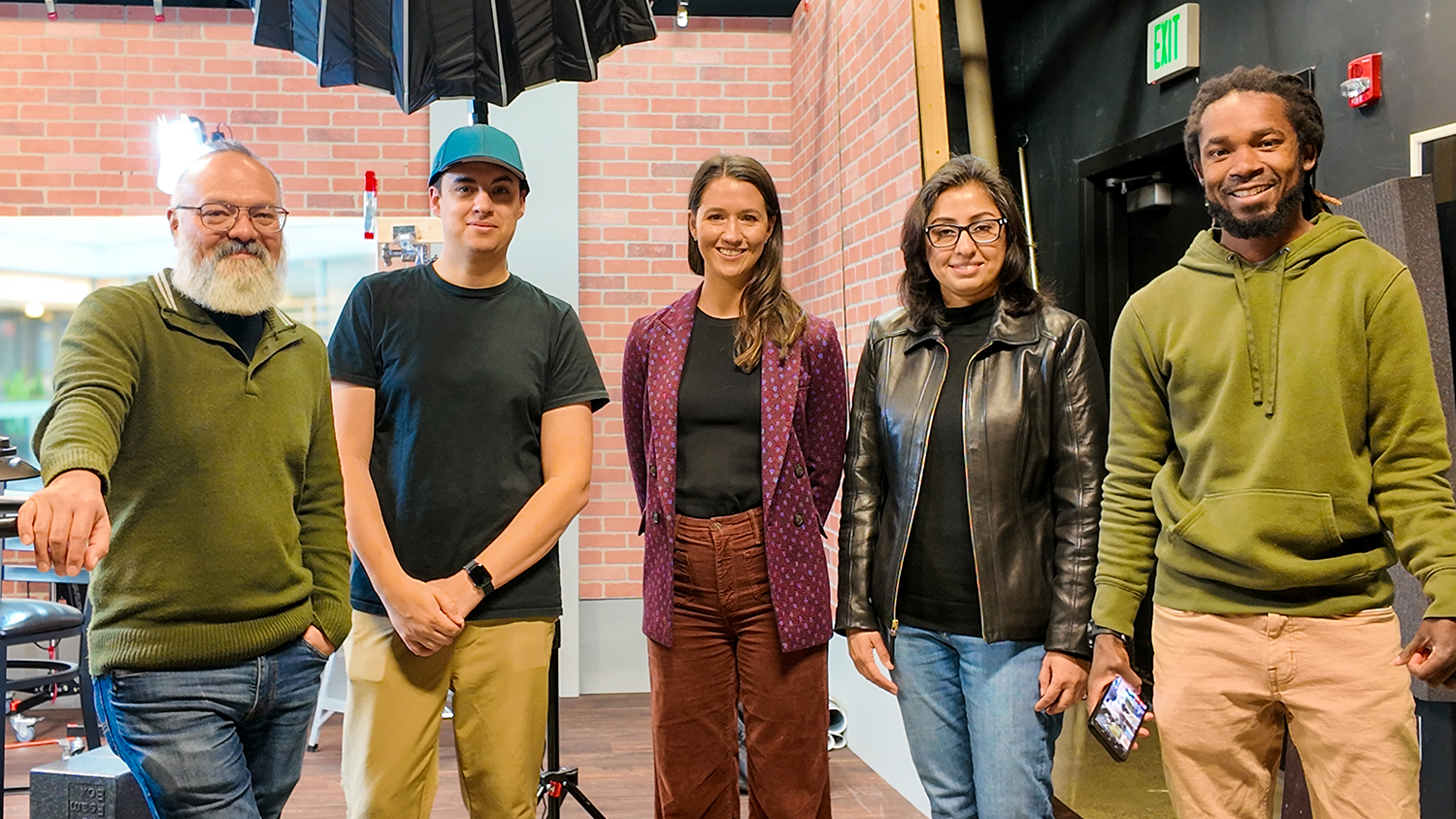Tackling Global Health with Virtual Reality
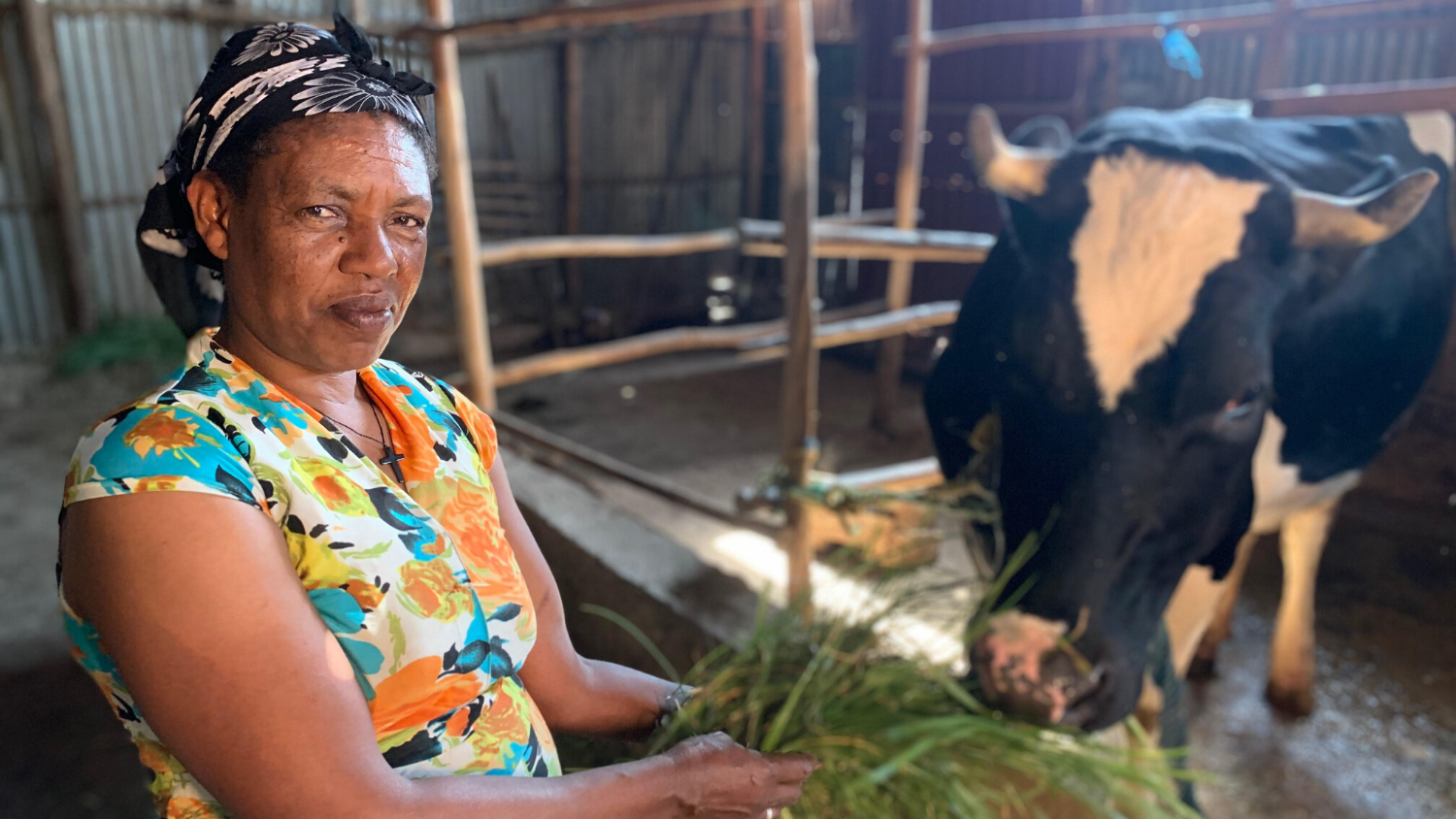
A DELTA Grant is defying distance and broadening perspectives for NC State students in the College of Veterinary Medicine.
Assistant Professor and Principal Investigator Andy Stringer calls global food security one of the “grand challenges facing society.”
The Food and Agriculture Organization (FAO) of the United Nation states that “Food security exists when all people, at all times, have physical and economic access to sufficient, safe and nutritious food that meets their dietary needs and food preferences for an active and healthy life.” Stringer wants to prepare veterinary students to tackle food insecurity in the field.
“Urbanization in Africa is a major factor influencing food security, with a combination of growth and migration increasing populations within urban centers. The United Nations has estimated that by 2050 approximately 70% of the world’s population will be urban,” says Stringer.
Teaching food security at NC State comes with its own set of challenges. Presentations composed of photographs and videos fail to accurately convey the cultural and physical context within which food is being produced and consumed across the world, and opportunities for student travel are limited. Stringer applied for an Exploratory DELTA Grant in 2019 to address these obstacles through virtual reality.
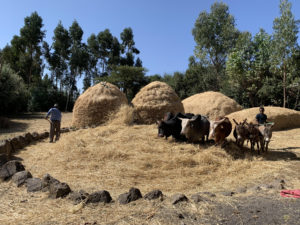
VMP 991-162: Global Health Challenges is a one-week selective course for Doctor of Veterinary Medicine (DVM) students. The course provides students with an introduction to global health issues and challenges. This includes understanding the importance of Animal Source Foods (ASFs) and food safety in tackling food security challenges. Stringer sought an immersive experience that would allow students to engage with a virtual environment in Ethiopia and the food security issues faced in that context.
“It’s the perfect project for VR because that immersive aspect is critical to students achieving the objectives of the course,” says Rebecca Sanchez, lead instructional designer and project lead.
Stringer wanted to help students understand the context within which milk is produced, stored and sold in Ethiopia, the risk factors leading to unsafe milk and the criteria that define food security according to the FAO. The project’s secondary goal was to create a reusable experience that could be used to give students broader global health exposure in different locations and contexts.
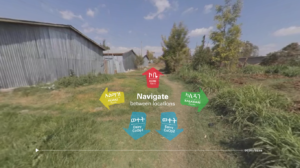
“Using this VR experience, students will be able to see how milk production and distribution occurs in other parts of the world, including risks, and ways local producers and distributors are mitigating those risks. They will be able to understand the layout of communities, the interactions between people who live there and how that impacts food safety,” Sanchez explains.
Stringer played a unique and important role in capturing content. He makes several trips a year to Addis Ababa, Ethiopia. Stringer had never used or recorded VR, but he was open to learning. DELTA Creative Director Mike Cuales trained him in the technology before his departure. He was quick to learn. Despite high temperatures, dust and limited opportunities to back up and charge cameras, Stringer captured excellent footage. The unconventional process was a valuable learning experience for DELTA.
“It has been a steep learning curve — learning about the technology, instructional design, media capture and production aspects. I have been supported by a really great team. It takes a team to make these projects a success,” says Stringer.
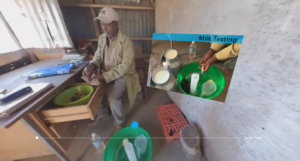
The production team was anchored by New Media Lead and Graphic Designer Donnie Wrights and Immersive Media Designer Rhett Hissam who managed the direction, organization, and production of the project’s immersive content.
The final product allows students to explore three different farms — two urban and one rural — and two urban dairy cooperatives, where milk is tested and sold. They can move freely throughout the virtual environment with checkpoints, or “hotspots,” to guide them. There are two types of hotspots. The first is a risk factor hotspot that alerts students to areas of potential milk safety risks. The second is a contextual hotspot that highlights relevant cultural and contextual features. The immersive activity will not only help students accurately experience Ethiopian farms from NC State’s campus but also promote understanding of the diverse and different livestock farming practices worldwide.
The project team was careful to seek and acknowledge local resources and expertise throughout production. Women are instrumental in Ethiopia’s dairy industry, often owning their own farms. In the VR experience, the farms are named after the women who own them. One of Stringer’s collaborators in Ethiopia will also narrate the experience’s voiceover.

“It was a high priority in this project to be inclusive and respectful of the local farmers, distributors, and workers and be led by their knowledge and expertise,” notes Sanchez.
The project will be completed during the summer of 2020. Stringer hopes that this immersive experience will facilitate a more active learning process for students and drive learning and knowledge retention.
“I think that immersive technology such as virtual reality and augmented reality has a big role to play in teaching and educational initiatives now and in the future. It promotes immersion in the context or scenario, and allows the learner to engage with the content in a new way,” says Stringer.

